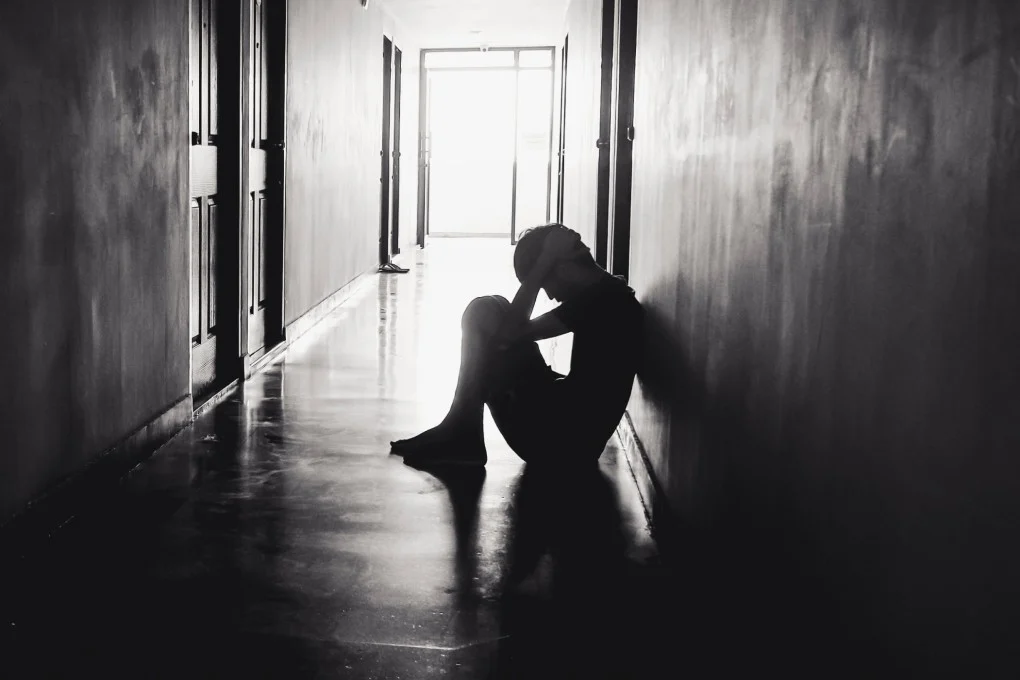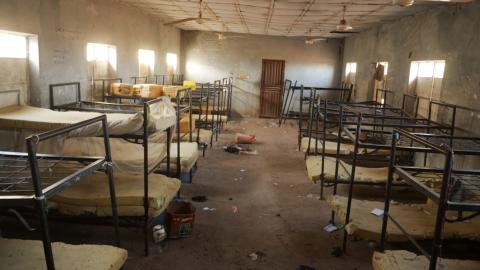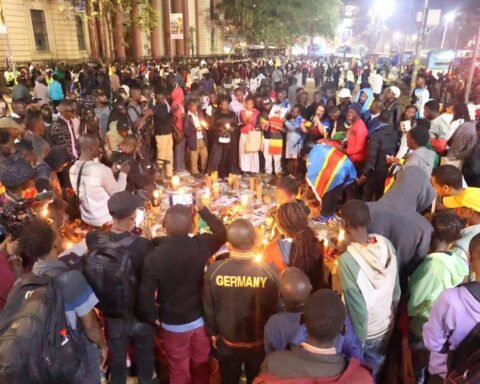In Nairobi, a 21-year-old student’s tragic death has left a university community in shock and ignited urgent conversations about mental health among young people.
The second-year student reportedly jumped from an 11-story building in the early hours of Wednesday, landing near the hostel gates. Police officers from Kasarani Station confirmed the incident.
A Distressful Journey
The student, described by peers as quiet but diligent, left behind four suicide notes. These notes provided a painful glimpse into his struggles with academic pressure, financial constraints, and a deep sense of isolation. His closest friends and a colleague shared that he had shown signs of distress in recent weeks, though the severity of his internal battle was not fully understood.
“Looking back, I wish I had reached out more,” said one of his classmates. “He was always so reserved, and we didn’t realize how much he was struggling.”
A Worrying Pattern
This tragedy is not an isolated case. Kenyan universities have seen a troubling rise in student suicides, with several incidents reported in recent months. Experts link these cases to a combination of academic stress, financial hardship, and relationship problems, often compounded by inadequate mental health support.
Mental health advocates warn that many institutions lack the resources to address these issues effectively. “We’re losing bright futures to silence and stigma,” said a counselor familiar with university cases. “It’s crucial for students to feel they can ask for help without fear of judgment.”
ALso Read; Tanzania, UAE Celebrate 50 Years of Diplomacy
Call for Action
In the wake of this incident, the university community has organized memorial gatherings to honor the student and raise awareness about mental health. Friends, faculty, and family are calling for enhanced support systems, including accessible counseling services and peer support programs, to help students navigate the pressures of university life.
This tragedy has underscored the need for a collective approach to mental health, where families, educators, and policymakers work together to create safe spaces for young people to share their struggles. It’s a call to action for a society that can no longer afford to turn a blind eye to the silent battles being fought by its youth.







